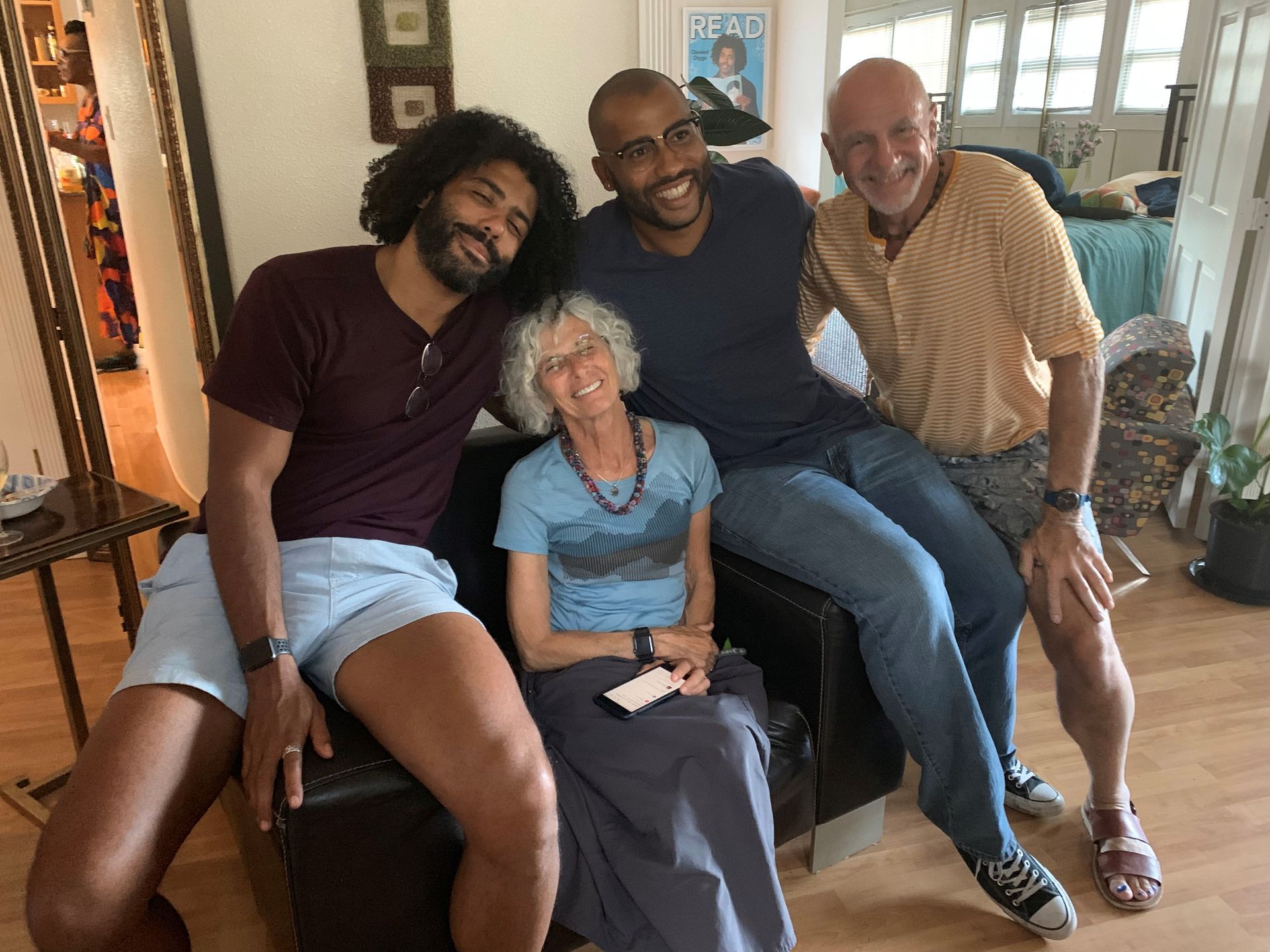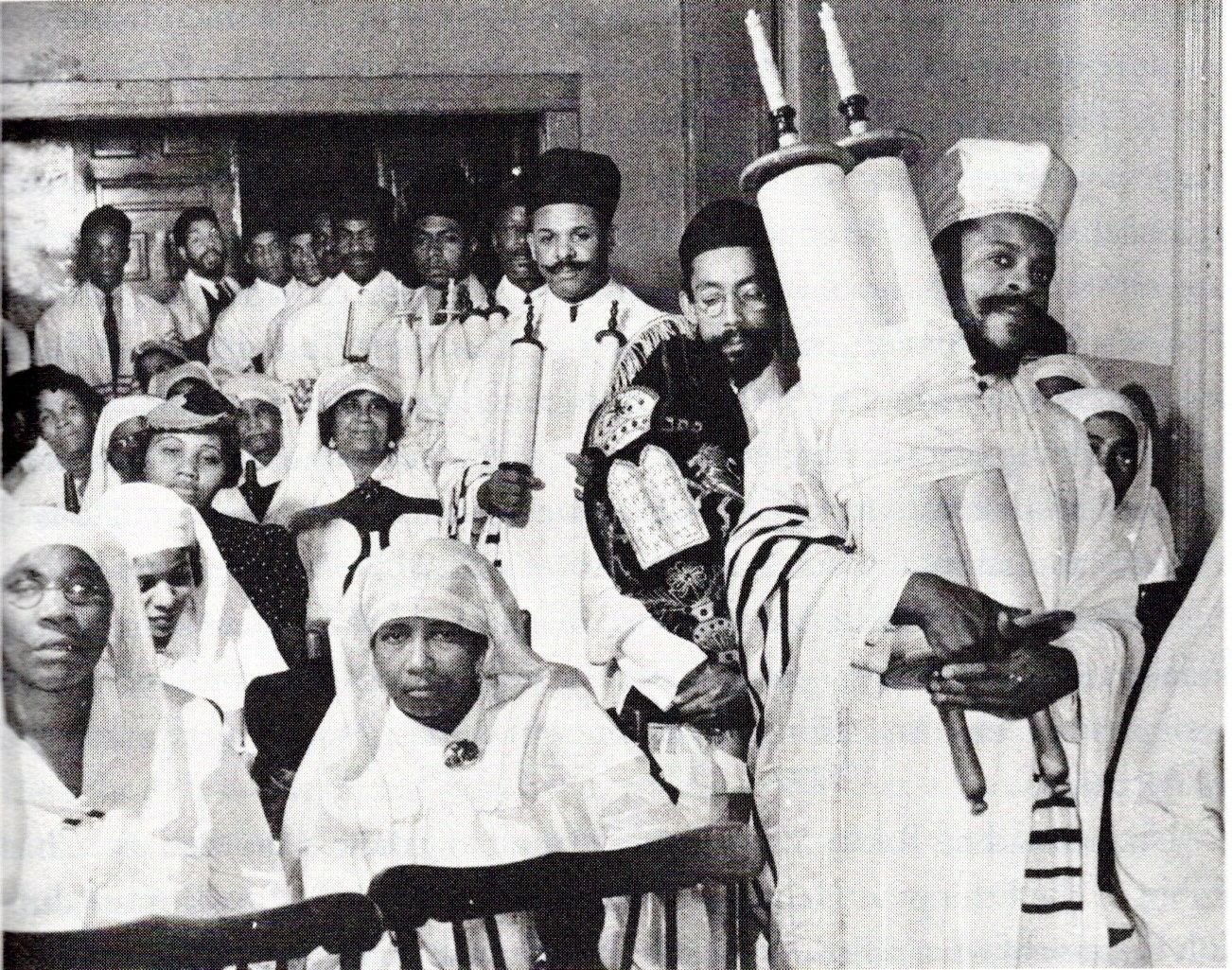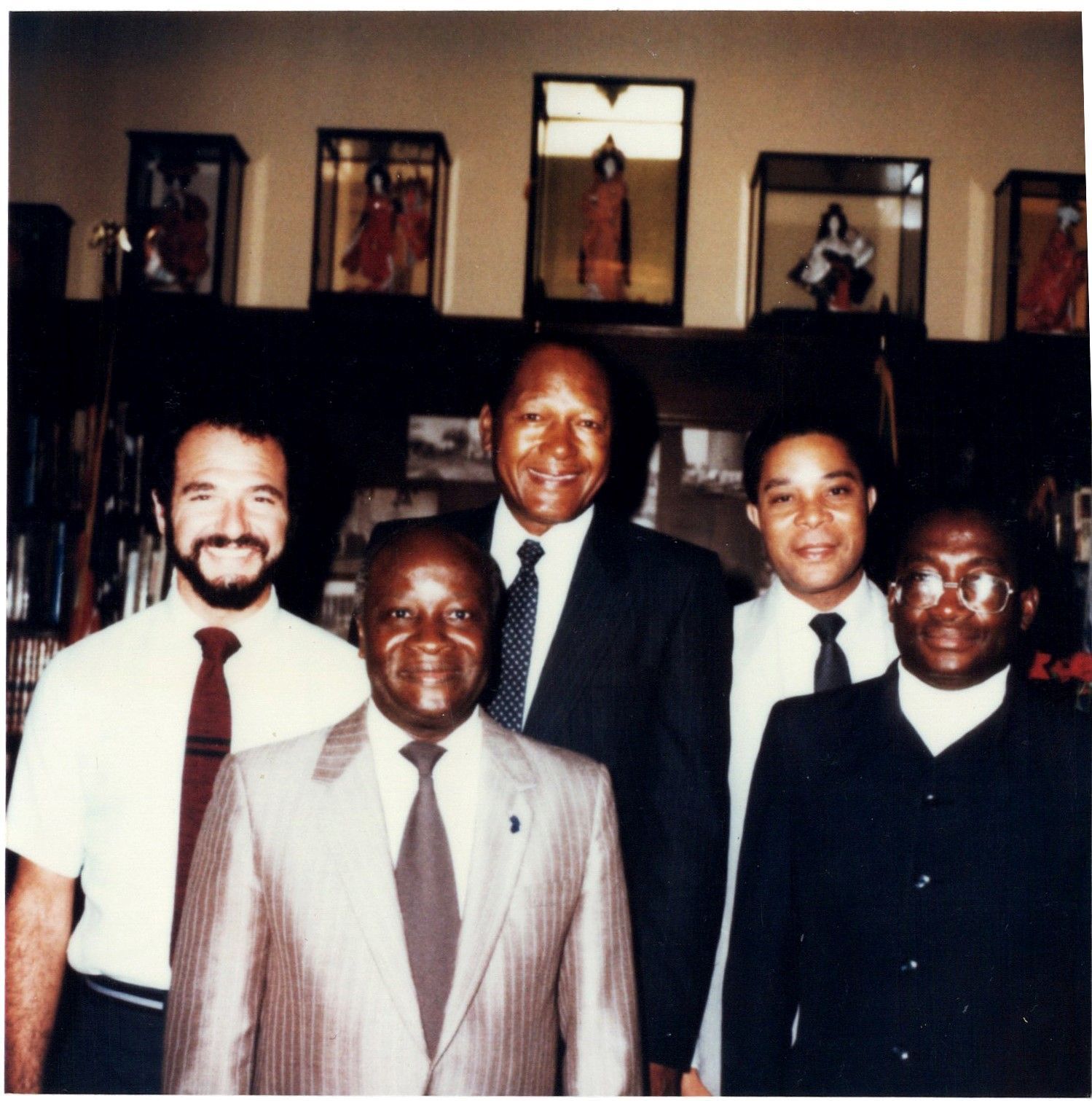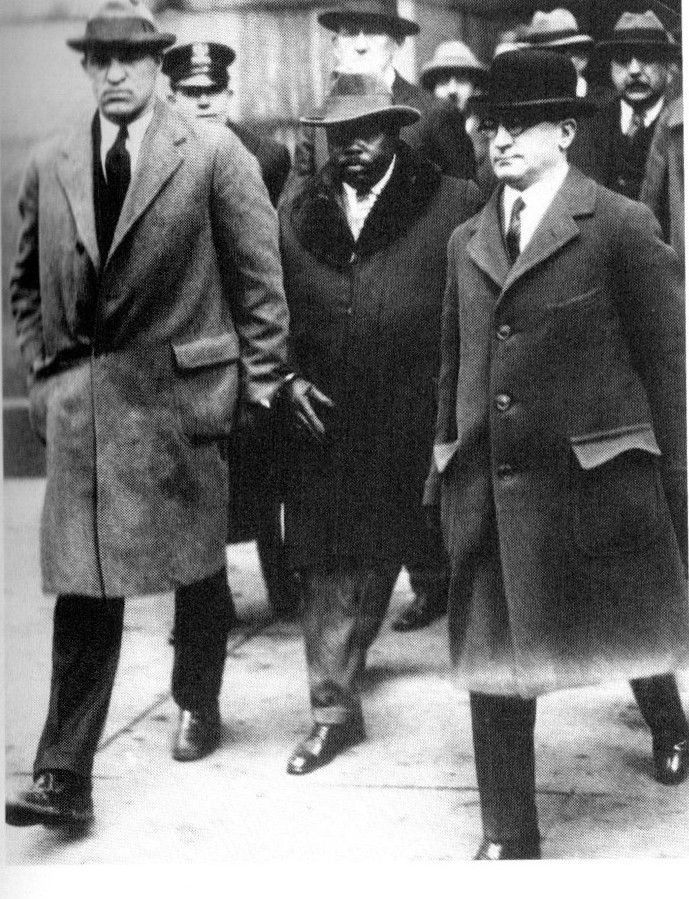The Green Book- Isolated Queerness
The Green Book, a narrative feature about a lovable, casually racist Italian American lug driving the effete, supremely talented, hyper-articulate Black musician Don Shirley (“inspired by a true friendship”) on a musical tour of the unreconstructed South in 1962 hits all of the necessary marks for interracial feel-good Hollywood schlock. It is told from the point of view of the White Savior, Tony Lip, who teaches the aristocratic Dr. Shirley (three doctorates – count’ em, 3!) about relating to “his people” through listening to Little Richard and eating fried chicken with his hands. The white character’s understanding of racism and his humanity is enlarged through his interaction with the unjustly treated Black man, witnessing the cleaned-up-for-Hollywood racism of the South from the vengeful brutality of white cops to the genteel hypocrisy of the upper class. There’s also a lot of humor in the Odd Couple racial role reversal, and I laughed out loud more than once. The leads, Viggo Mortenson and Mahershala Ali, are a pleasure to watch, and, of course, the film is art directed (those robin egg blue Cadillacs!) to within an inch of its life. Oscar bait for sure.
Other critics have taken the movie to task for its moral shallowness, so I needn’t repeat their insights. (One of the best is from Brooke Obie in Shadow and Act: https://shadowandact.com/green-book-film-review-white-savior). What I want to focus on is an element so lightly adumbrated that most critics don’t even mention it, Dr. Shirley’s homosexuality. Of course we know that Dr. Shirley is a pouf the minute he enters his sanctuary atop Carnegie Hall (where else would a classically trained musician live?) to meet his future protector and driver. His apartment is filled with exquisitely curated art and tchotkes from his world travels; he’s dressed in the robes of an African prince; he sits on a throne-like chair atop a dais. He either is an African prince or another overly precious homosexual. Hollywood doesn’t leave much to the imagination, and the popular conflation of “effete” with homosexuality is blared through trumpets – well, actually through a penchant for Chopin rather than Little Richard (another pouf!). Fortunately Ali is such a fine actor that he adds the welcome color (pun intended) of rigid dignity, perpetually wounded pride, and sorrowful isolation to the tired trope of The Tragic Black Man Too Good For His Environment.
What The Green Book – named after The Negro Motorist Green Book detailing restaurants and hotels where Black travelers could find rest and refreshment in some security – focuses on are the multiple slings and arrows Dr. Shirley must endure as a Black man. (The Damron Men’s Travel Guide didn’t begin publishing until 1964; that would have been a different movie.) The only direct depiction of his homosexuality is – of course (after all, the script was written by straight white men) – his shamed cowering in a Southern jail cell with a white playmate, both of whom were busted at the YMCA. In their helplessness (and seated together on the floor no less!), they make a pathetic interracial pair. But then homosexuals were pathetic, at least in 1962.
Although Dr. Shirley is clearly a superior being, we get no sense that some of the inner sadness radiating from his stick-up-his-ass affect might stem from his being a homosexual in a world that, back then, stigmatized homosexuals even more than Black people. After saving Dr. Shirley, yet again, from his arrest for indecent behavior, Tony Lip explains, with some embarrassment, that as a bouncer at the Copacabana Club he’s Seen It All. No judgments here! And barely any acknowledgement that life as a Tragic Black Man might be somewhat harder as a Tragic Homosexual Black Man. Or . . . and here’s a radical thought! … there might be some joy in it too! Maybe there’s a boyfriend somewhere, or a circle of like-minded musicians. But Dr. Shirley is portrayed in the movie as ISOLATED. In one of the most effective, beautifully rendered speeches of the film, Dr. Shirley exposes some of his pain to Tony in a volcanic blast. “Too Black for white people; too white for Black people; not enough of a man.” It’s the only glimpse we have of his inner life as a homosexual, brief and predictably sad.
At the end of the movie, on Christmas Eve, Dr. Shirley is shown sitting in the empty splendor of his “castle” while Tony is welcomed into the homey hubbub of his Italian-American famiglia (cue The Sopranos). Loneliness gets the better of him and he belatedly shows up at Tony’s apartment to accept the invitation that he at first refused and where, of course, he’s welcomed with open arms by these thoughtless racists who refer to Blacks, in Italian, as eggplants. (Eggplants!) Of course, now they can say, “One of my best friends is a Negro.” But you can bet the farm that Tony Lip didn’t tell his wife and relatives that the visibly Black Dr. Shirley was also a homosexual. That might have might have moderated their friendship-trumps-racism good cheer.
Bet on this one for several Oscar nods.
Recent Posts




SHOGA FILMS is a 501(c) (3) non-profit production and education company. We create multimedia works around race and sexuality that are intended to raise awareness and foster critical discussion.
Contact Us
All Rights Reserved | Shoga Films
Stay Connected
Thanks for subscribing!
Please try again later.


